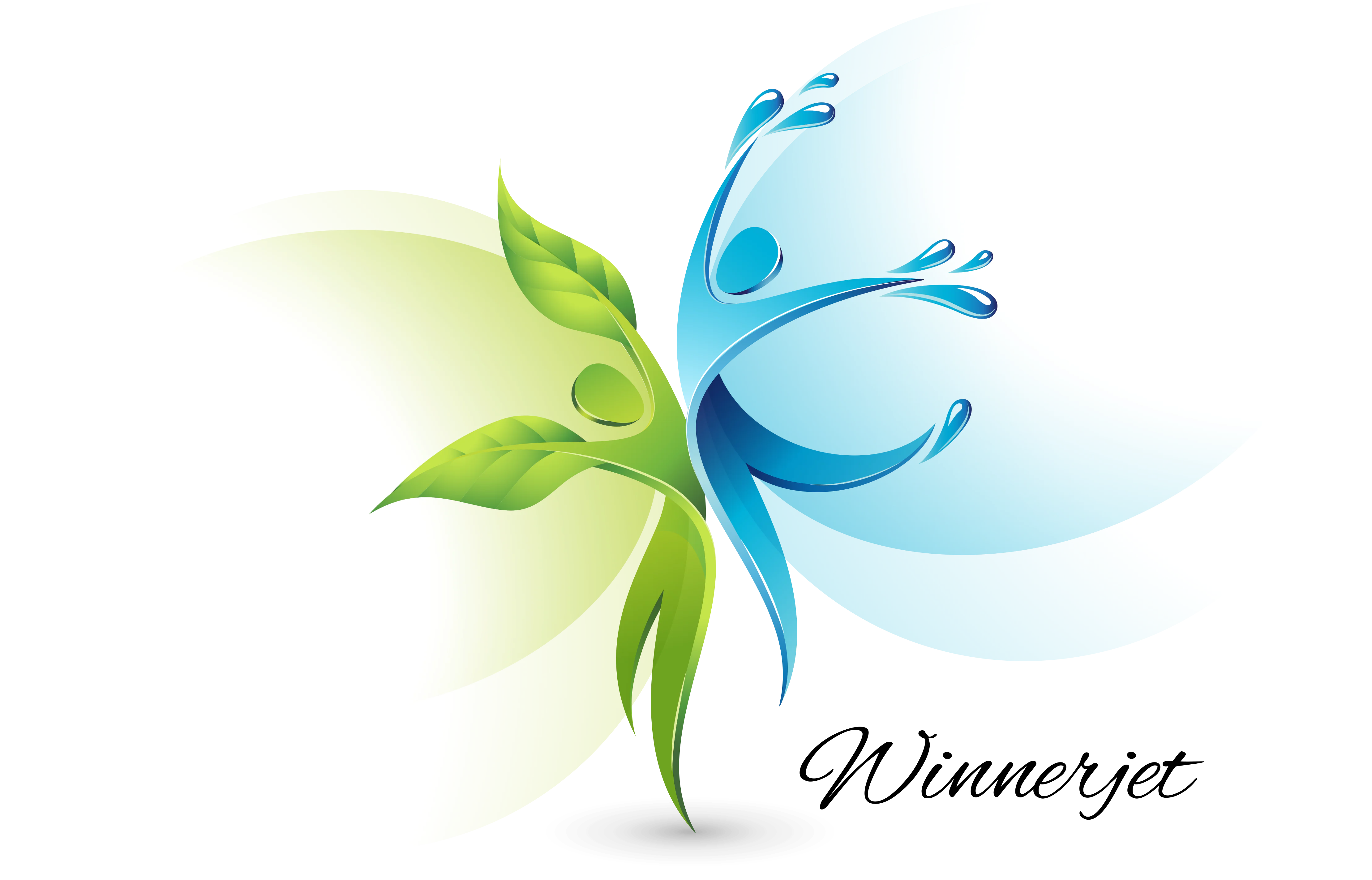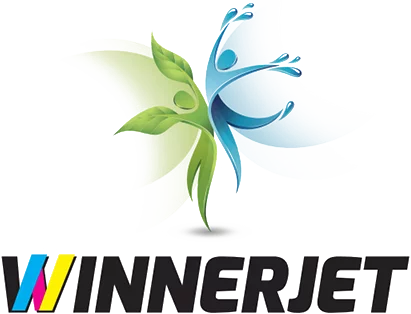Want vibrant, long-lasting graphics on T-shirts and tote bags? DTF transfer is your best choice.
DTF transfer printing is becoming increasingly popular due to its durability and adaptability to various materials. This is a cost-effective solution for businesses engaged in customizing and personalizing products.
Follow us now as we explore the wonders of DTF transfer: discover its pros and cons, ideal products, and how to use it to achieve custom-on-demand printing success.
What does dtf transfer mean?

DTF transfer (direct film transfer) is a printing process where the design is printed onto DTF film, coated with DTF adhesive powder, and then heated and transferred to various fabrics using a heat press.
H2 How to make a DTF transfer
Required equipment and materials

- DTF Printer. Inkjet printers modified for DTF printing that work.
- DTF Ink. DTF prints special inks that produce bright colors.
- DTF Film. Specialized transfer film is used to print patterns.
- DTF Hot Melt Powder. Specialized Powder for curing patterns.
- Heat Press Machine. A machine used to transfer patterns onto fabric.
- Automatic Powder Shaker. Used to cover the DTF powder evenly over the pattern.
- Curing Oven. Used to heat and cure hot melt powders.
Step-by-step process
- Design and printing. Create your design with relevant software.
- Print pattern. Print the design onto DTF transfer film using DTF ink.
- Apply adhesive. Apply adhesive DTF powder to the printed film and shake off excess Powder.
- Heat Transfer. Heat the heat press to our recommended temperature (about 320°F or 160°C). Place the printed DTF film on the fabric and press with medium pressure for 20-30 seconds.
- Peel and finish. Wait for the temperature to cool slightly, then gently peel off the DTF film to complete the design.
To learn more about DTF printing, read “What is DTF Printing“.
How DTF Transfer Differs from Traditional Transfers
DTF printing, Screen printing, DTG printing, and Sublimation printing are popular textile printing solutions. Each has its advantages and disadvantages. Let’s compare them together to find the best printing method for you.
| Feature | DTF Transfer | Screen Transfer | Sublimation Transfer | DTG Printing |
| Material compatibility | Suitable for various fabrics, including cotton, polyester, blends, and wood and metal. | Usually best for flat items and certain fabrics. | Most suitable for polyester fabrics and can also be used for mugs, mouse pads, mobile phone cases, etc. | Mainly used on cotton and cotton-rich blends. |
| Craftsmanship | Achieve complex designs by using ink to print patterns on DTF film and using DTF powder. | Uses a stencil and layers of ink, which can be more time-consuming for complex designs. | Uses heat to transfer dye to fabric and blend it into the fabric, limited to light-colored materials. | Printing ink directly onto the fabric, requiring pre-treatment of the garment. |
| Print Quality | Provides vibrant colors and excellent durability with solid adhesion. | Provides high durability but poor detail in complex designs. | Prints with bright, vivid colors, fine details, and long-lasting durability. | Provides high-quality prints with rich detail, especially on light-colored garments. |
| Cost-effectiveness | Cost-effective for small and medium-sized businesses, jumpstarting projects with minimal waste. | More cost-effective for high-volume orders but has higher initial startup costs and longer lead times. | It is very economical for polyester fabric products but is limited by material requirements and has a small commercial scope. | The initial investment is higher and suitable for customized design, but the production speed of large orders is slower. |
Pros of DTF transfer

Material versatility.
Compatible with various fabrics, including cotton, polyester, blends, leather, nylon, silk, and more. Allows detailed and vibrant designs on different substrates, such as handbags, wood products, metal cans, etc.
Long-lasting durability and washability.
DTG printing will fade after 3-5 washes, while DTF printing can withstand more than 60 washes without fading or cracking.
No preprocessing required
Compared with DTG, which requires pre-treatment, DTF does not require pre-treatment of the fabric, thus reducing preparation time and cost.
Color variety
Both DTF white and colored inks can be printed, and special fluorescent inks can also be printed. This ensures that the printing is rich in color and vivid.
Easy to apply.
For DTF transfer, you only need to prepare a heat press or an electric iron, adjust the temperature, and press for enough time to complete a beautiful pattern.
No restrictions on the office location
It can be operated at home as a side job. After receiving the order, prepare the relevant printer equipment and consumables, and follow our DTF printing guide to complete the design.
Cons of DTF transfer

High initial setup costs
- Investment in specialized DTF printers and materials is required.
- Higher upfront investment costs can be a barrier for small businesses.
Printing technology is complex to learn
- It takes constant printing practice to set up the ink curve.
- The compatibility between different inks and other consumables needs to be tested.
Applications of DTF Transfer

DTF transfer is widely used in multiple industries. The following are some of the main application areas:
- Clothing industry: Customization of personalized T-shirts, sportswear, hoodies, children’s clothing, etc.
- Home textiles: bed sheets, curtains, towels, and others.
- Advertising and promotional items: These are used to produce promotional items with company logos or promotional messages, such as hats, handbags, sports water bottles, etc.
- Fashion Accessories: Various accessories, including hats, handbags, scarves, etc.
- Team Apparel and Equipment: A sports team or group organization utilizes DTF transfer to create uniform apparel and equipment that showcases team spirit and identity.
- Personalized gifts: Print with personalized patterns, such as mobile phone cases, notebook covers, etc.
- Industrial applications: Product labels, warning signs, and other signage requiring durability.
- Art Copy: Used to copy art and photos.
- UV DTF Stickers: A new product allowing users to customize almost any complex item easily. It is permanent and durable and can be applied without heat pressing.
Due to its flexibility, high quality, and durability, DTF transfer is increasingly important in textile decoration. It continues to promote the production of personalized, customized clothing.
Choosing the Right DTF Transfer Equipment and Supplies

Choosing the right DTF transfer equipment and consumables is crucial to ensuring high-quality printing results and productivity. Here are some key factors to help you make an informed decision:
- Market and business needs analysis: First, understand your region’s market needs and user preferences. Consider the types of garment fabrics you are likely to handle and the volume of your business, which will influence your choice of print width, efficiency, and features of your DTF printer.
- Printer model and performance: Compare different models of DTF printers, paying attention to their print size, speed, resolution, and other key performance indicators. The type and number of print heads significantly impact print resolution and speed.
- Consumables selection: DTF printing requires specialized consumables, including DTF ink, DTF PET film, and DTF hot melt powder. Choose DTF films that are highly absorbent, anti-static, and easy to tear, DTF hot-melt powders with fine particles, and DTF inks that are stable, colorful, and smooth.
- Software and technical support: Ensure the selected DTF printer is compatible with the required RIP software and can process color information from digital images. Control the printing process. Manage the ink supply system.
- Other ancillary equipment: Choose a dithering machine with powder collection and air purification to reduce waste and pollution. Oven and heat presses can be selected automatically to improve productivity and print quality.
- Vendor Selection: Choose a vendor that can provide technical training support and customer service after the sale. Consider the quality and price of the product, as well as the supplier’s reputation and customer reviews.
Considering these factors, the DTF transfer equipment and supplies you choose will meet your production needs and help you achieve optimal print results.
What can Winnerjet offer in DTF transfers?

Winnerjet is an ink supplier with 20 years of R&D and production. Focusing on providing customers with tailor-made suitable printing solutions, more than 5,000 companies have already established partnerships with Winnerjet, such as some well-known e-commerce brands, STSinks, Dtgpro, Firebirdink,and so on. We can provide customers with DTF printing solutions, including DTF Printers, Automatic Powder Shaker, Curing Oven, Heat Presses Machine, DTF Ink, DTF Film, DTF Powder, and other related consumables. Meanwhile, we provide technical support, customer service, and after-sales service to protect your business offer.
Conclusion

This article mainly explains DTF transfer, but the process is still complicated. With the advancement of technology, the application of DTF transfer technology has been expanding, and productivity has been increasing. Contact Winnerjet today for help creating a custom DTF transfer. Stand out and get ahead of the competition with this printing technology.
FAQs
Is DTF better than sublimation?
There is no saying who is better between the two.
Regarding applicable fabrics, DTF printing is a better option; you can print on almost any type of garment, be it cotton, polyester, canvas, silk, nylon, leather, etc.
If you use sublimation printing, you can only print on light-colored polyester garments. The advantage of sublimation printing is that it allows for personalized printing on many sublimation substrates, such as mouse pads, mugs, mobile phone cases, keyboard pads, and nonograms.
How long does DTF last on shirts?
Maintaining the correct printing procedure and following the proper washing instructions will keep colors from fading for more than 60 washes, and vibrant prints will last 24 months or more.
Can you use an iron for DTF transfers?
You can place the printed DTF film on the fabric, set the iron to the right temperature, and press it. However, using a professional heat press machine for the best quality is better.
Can you put DTF on the vinyl?
Sorry, but DTF transfers are not usually available for vinyl. They are designed for fabrics such as cotton and polyester. For vinyl surfaces, it is best to use a transfer method suited explicitly to that material, such as bonded vinyl or heat transfer vinyl (HTV) designed for hard surfaces.


